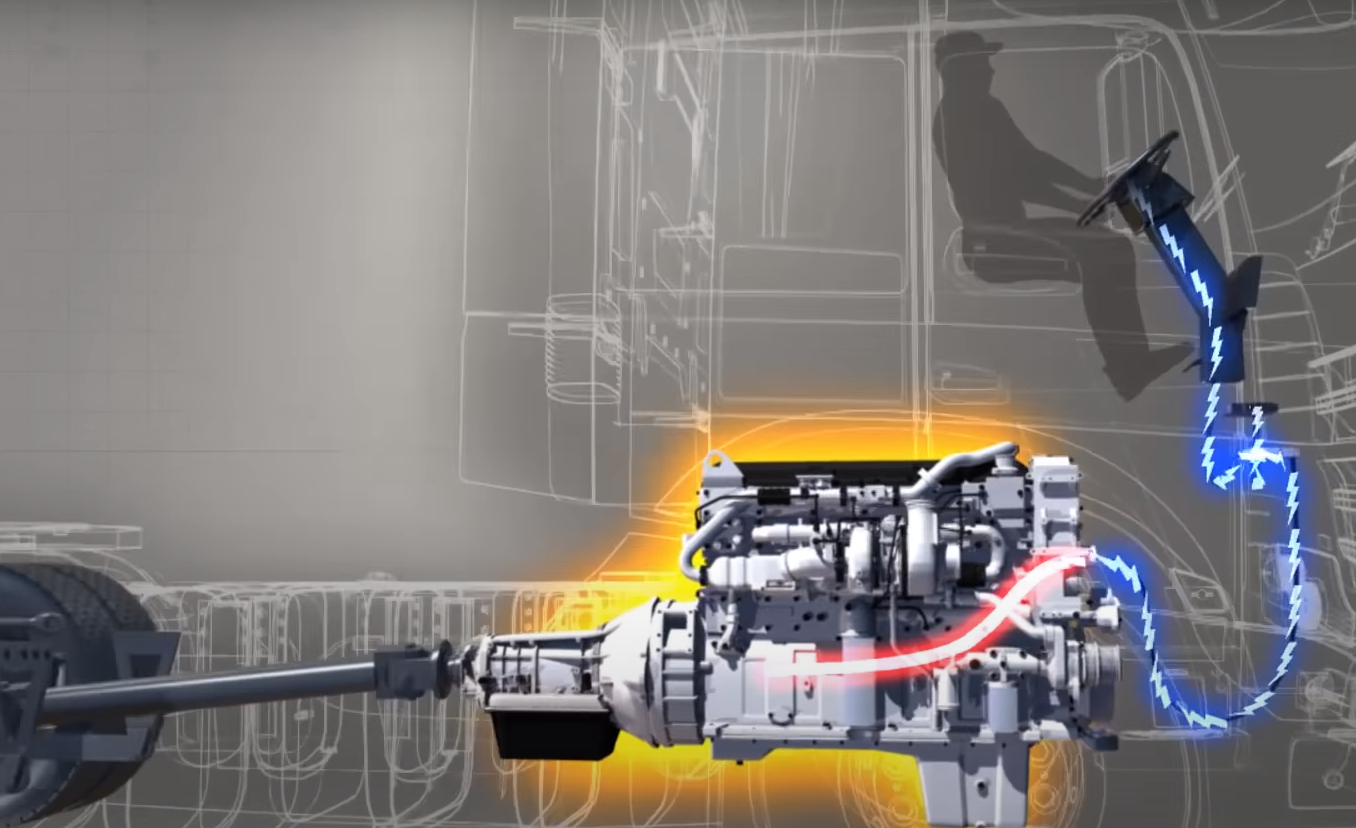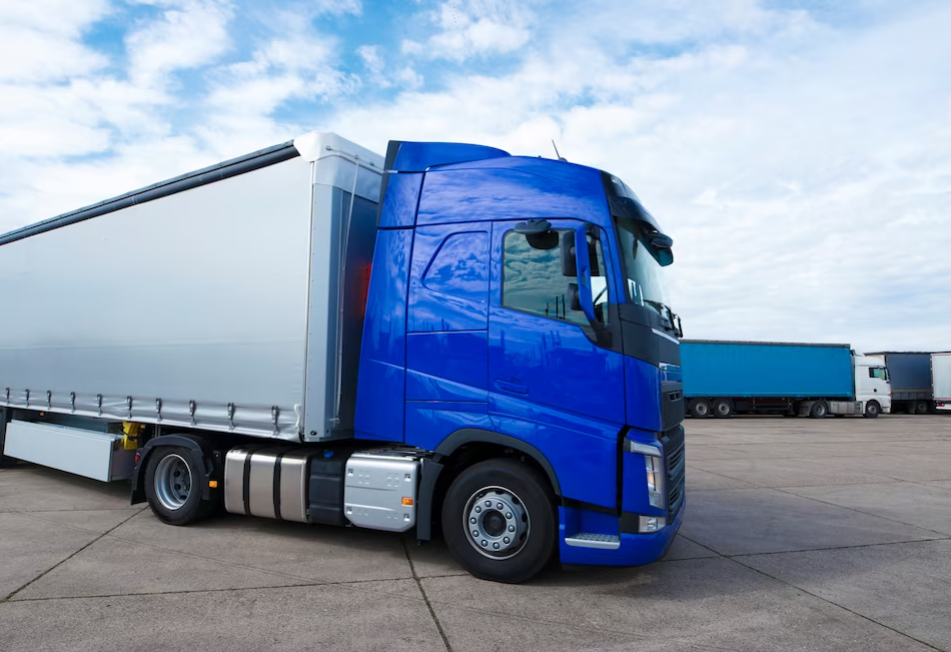Exploring the Mighty Jake Brake: What You Need to Know
If you’re in the transportation industry, you already know that a Jake Brake is an essential component. Used to slow down semi-trucks and large commercial vehicles when traveling downhill, these brakes create noise and convert exhaust energy into linear motion to keep your vehicle moving safely. But there’s much more to Jake Brake than meets the eye. In this guide, we will delve into the inner workings of Jake Brakes and the array of features they bring to the table, all aimed at enhancing road safety. Keep reading for a comprehensive exploration of this powerful technology!

What Is a Jake Brake?
A Jake Brake, also known as Jacobs Engine Brake, is a vital supplementary engine braking system primarily utilized in heavy-duty diesel trucks and commercial vehicles. This innovative technology plays a critical role in slowing down and managing the speed of these substantial vehicles, especially when navigating downhill gradients or steep descents.
Named in recognition of the company that co-pioneered it, Jacobs Vehicle Systems, the Jake Brake has become an indispensable component within the realm of trucking. It not only enhances safety on the road but also empowers drivers to confidently tackle challenging terrains while maintaining full control over their vehicles, contributing significantly to the efficiency and reliability of heavy-duty trucking operations.

A Jake Brake, or Jacobs Engine Brake, functions through a precise sequence during the engine's four-stroke cycle. It starts with the compression release, where the mechanism briefly opens the exhaust valves at the peak of the compression stroke.
When activated by the driver, the Jake Brake engages the component controlling the exhaust valves, allowing compressed air to escape into the exhaust system. This released air faces resistance in the narrowed exhaust pipes, generating backpressure. This, coupled with the engine's inherent compression, creates a potent retarding force, essentially turning the engine into a compressor that converts power into braking force.
The result is a significant reduction in vehicle speed, achieved without relying solely on traditional friction brakes. In essence, a Jake Brake enhances safety and minimizes wear on the braking system, proving particularly valuable on descents or when added braking power is essential for heavy-duty and commercial vehicles.

Enhanced Safety: One of the primary advantages of the Jake Brake is improved safety, especially on long downhill grades. By supplementing traditional friction brakes, it reduces the risk of brake fade and overheating, ensuring that the braking system remains effective and responsive.
Extended Brake Life: The use of a Jake Brake reduces the wear and tear on the vehicle's friction brakes. This extension of the brake life leads to less frequent brake maintenance and replacement, resulting in cost savings for trucking companies.
Improved Control: Drivers gain better control over their vehicles, particularly when navigating steep descents. The Jake Brake allows for precise speed management, reducing the likelihood of losing control on downhill slopes.
Fuel Efficiency: The engine braking effect offered by the Jake Brake means that drivers can maintain a more consistent speed without the need for continuous acceleration and braking. This results in improved fuel efficiency, a crucial factor in the trucking industry.
Reduced Noise: Compared to traditional braking methods, the Jake Brake generates less noise. This is particularly beneficial when driving through residential areas or during nighttime operations, reducing noise pollution.
Minimized Brake Fade: Brake fade occurs when traditional brakes overheat and lose their effectiveness. The Jake Brake helps prevent this by sharing the braking load, allowing the friction brakes to operate within their optimal temperature range.
Improved Engine Efficiency: The Jake Brake utilizes the engine's compression to create a retarding force, which also assists in reducing engine wear and enhancing overall engine efficiency.
Enhanced Downhill Performance: On steep downhill slopes, the Jake Brake allows drivers to descend at a controlled speed without constantly applying the brakes. This results in smoother and safer descents.
Reduced Heat Generation: Since the Jake Brake uses compression release rather than friction to slow the vehicle, it generates less heat. This is particularly beneficial in mountainous regions or areas with challenging terrain.
Increased Driver Confidence: The presence of a Jake Brake gives drivers greater confidence when tackling demanding terrains, knowing they have an additional and reliable braking system at their disposal.

-
Do Jake Brakes improve fuel efficiency?
Yes, Jake Brakes can contribute to improved fuel efficiency by allowing drivers to maintain a more consistent speed without the need for continuous acceleration and braking.
-
Can Jake Brakes be retrofitted onto older trucks?
While retrofitting Jake Brakes onto older trucks is feasible, it may necessitate adjustments to the engine and exhaust system. It is highly advisable to seek guidance and assistance from a certified mechanic or technician when considering a retrofit.
Read more review here: The 10 Best Coolant Temperature Sensors



.png)








